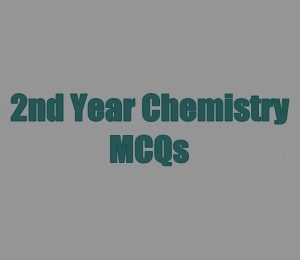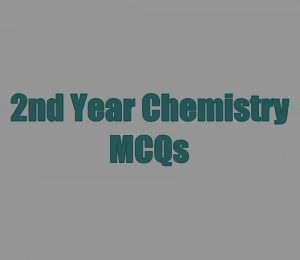Here you can get the 2nd Year Chemistry Chapter 12 MCQs Aldehydes and Ketones. This chapter is about Aldehydes and Ketones. The carbonyl group is bonded to at least one hydrogen atom in Aldehydes while the carbonyl group is bonded to two carbon atoms in Ketones. They have laboratory and industrial preparation methods. The carbonyl group shows different reactivity including Nucleophilic Addition Reactions, Acid-Catalyzed Addition Reactions, Reduction Reactions, and Oxidation Reactions. Aldehydes and Ketones can also be identified through different detection tests. They have several uses. Now move towards the MCQs section to prepare for the entrance test. Solve the quiz and check out the answers.
2nd Year Chemistry Chapter 12 MCQs Aldehydes and Ketones
791



